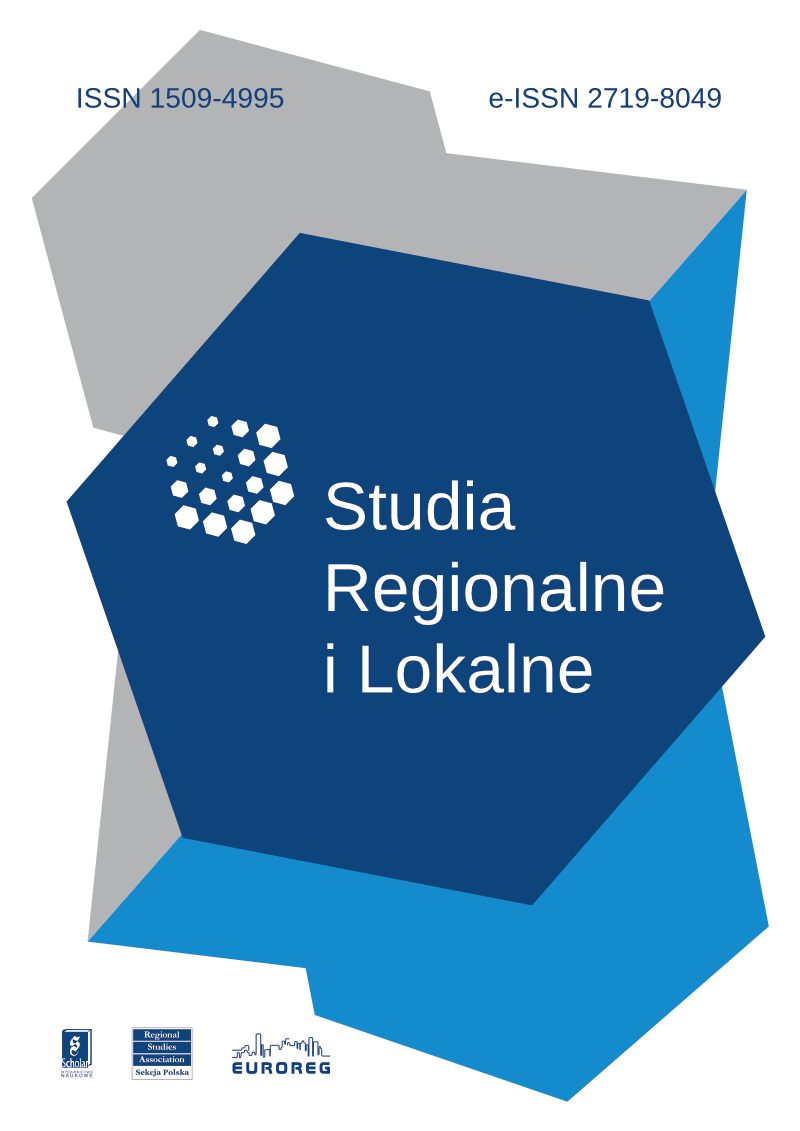Published in
1(43)/2011

- Aleksandra GawełThe structure of the enterprise sector in voivodeships as a factor contributing to company creation and bankruptcy[more]
- Jolanta KlubaBrygida Solga (red.), 2009, Zmieniająca się rola migracji w rozwoju regionalnym, Opole: Instytut Śląski, 208 s. (recenzja)[more]
- Marcin KulaLooking for new localizations of capital cities[more]
- Aleksandra Łuczak, Feliks WysockiUsing the fuzzy analytic hierarchic process to evaluate goals and strategic activities in rural communes[more]
- Maciej J. NowakLidia Mierzejewska, 2010, Rozwój zrównoważony miasta. Zagadnienia poznawcze i praktyczne, Poznań: Wydawnictwo Naukowe Uniwersytetu Adama Mickiewicza, 415 s. (recenzja)[more]
- Agnieszka Olechnicka, Adam Płoszaj, Katarzyna WojnarStrategies of top universities as a response to new conditions and functions of academic institutions[more]
- Ryszard Rózga LuterChallenges and opportunities of the digital network economy: Federal District and its metropolitan and megalopolitan contexts[more]
- Ewelina SkowronThe conceptions of stimulation of a former mining region - the Ruhr Region in Germany[more]


